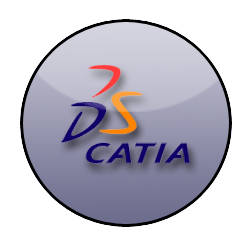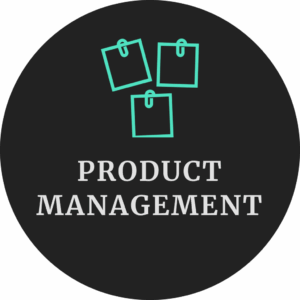Description
Course Description:
Here’s a comprehensive CATIA – Course Content Outline, designed for learners who wish to master CATIA for 3D modeling, product design, and engineering applications. CATIA (Computer-Aided Three-dimensional Interactive Application) is widely used in industries like aerospace, automotive, and manufacturing for product design, engineering, and simulation.
Key Features of Course Divine:
- Collaboration with E‑Cell IIT Tirupati
- 1:1 Online Mentorship Platform
- Credit-Based Certification
- Live Classes Led by Industry Experts
- Live, Real-World Projects
- 100% Placement Support
- Potential Interview Training
- Resume-Building Activities
Career Opportunities After Computer Aided Three-Dimensional Interactive Application :
- Design Engineer
- Aerospace Design Engineer
- Automotive Design Engineer
- Product Design Engineer
- CAD Technician/Draftsman
- CAE Analyst
- PLM Engineer (Product Lifecycle Management)
- Tool Design Engineer
Essential Skills you will Develop Computer Aided Three-Dimensional Interactive Application :
- 3D Modeling & Part Design
- Assembly Design
- Surface Modeling
- Drafting and Detailing
- Sheet Metal Design
Tools Covered:
- Sketcher Workbench
- Part Design Workbench
- Assembly Design Workbench
Syllabus:
Module 1: Introduction to CATIA Overview of CAD/CAM/CAE Introduction to CATIA environment Workbenches in CATIA Understanding GUI and navigation tools.
Module 2: Sketcher Workbench Sketch tools and constraints Geometrical vs. dimensional constraint Profile creation Editing and modifying sketches.
Module 3: Part Design Workbench Creating 3D solid models from sketches Features: pad, pocket, shaft, groove, hole Boolean operations Draft and fillet features.
Module 4: Assembly Design Bottom-up vs. top-down assembly Inserting and manipulating components Applying assembly constraints
Exploded views.
Module 5: Surface Design Wireframe and surface modeling Creating curves, surfaces, and joins Advanced surface tools: sweep, loft, etc. Healing and trimming surfaces.
Module 6: Generative Shape Design (GSD) Advanced surface modeling techniques
Multi-section and blend surfaces Surface continuity Surface analysis tools.
Module 7: Drafting and Detailing Generating 2D views from 3D models Orthographic, isometric, section views Dimensioning and annotations Drawing standards and title blocks.
Module 8: Sheet Metal Design Sheet metal parameters and standards Walls, bends, flanges, cutouts Creating flat patterns K-factor, bend allowance.
Module 9: DMU Kinematics (Digital Mock-Up) Introduction to kinematic simulations
Mechanism creation Defining joints and constraints Simulating motion.
Module 10: Project Work and Industry Applications Real-time industry design problem Reverse engineering approach Design for manufacturability
Final assessment and certification.
Industry Projects:
- 3D Modeling of Automotive Components
- Mechanical Assembly of an Engine Block
- Product Design: Consumer Electronics Enclosure
- Sheet Metal Component Fabrication
- Reverse Engineering of a Mechanical Part
Who is this program for?
- Mechanical, Aerospace, Automotive, and Civil Engineers
- Manufacturing Professionals
- CAD/CAM/CAE Engineers
- Professionals preparing for roles in product lifecycle management
How To Apply:
Mobile: 9100348679
Email: coursedivine@gmail.com









Reviews
There are no reviews yet.